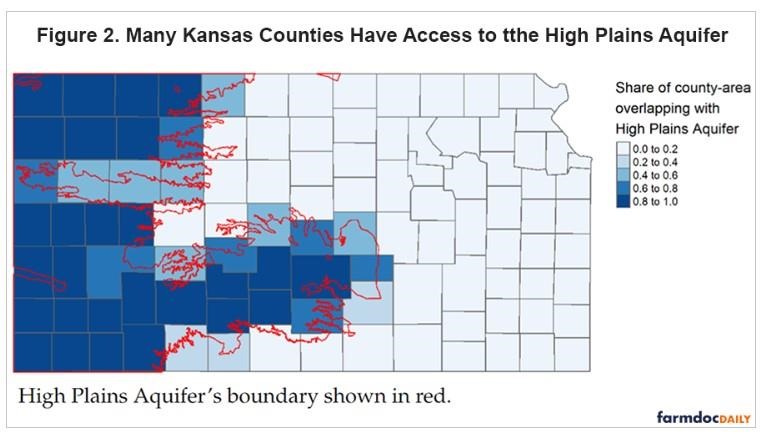Six years and one day later, Kansas was once again in the grips of an Arctic air mass on the morning of February 13, 1905. An area of high pressure took a similar path to the 1899 event, but was not nearly as strong, with highest pressures around 30.50” (1033 mb). There was deeper snow cover in place than in 1899, with many areas receiving between 6 to 18 inches of snow during the first part of February. Kansas’ coldest temperature on record was observed on this date: -40°F in Lebanon, in Smith County. All-time records set that morning that are still standing include -28°F at Newton, -24°F at Fort Scott, and -23°F at Independence. February 1905 was the second coldest February on record in Kansas; the average monthly temperature was 20.5°F. For comparison, February 2021 was only the 7th coldest February on record (averaging 24.0°F). There are a few sites that set their coldest all-time records during the 2021 event, but all of those locations have much shorter periods of records that don’t include 1899 and 1905.
Long-term weather records serve many purposes
If we compare the three February Arctic outbreaks from 1899, 1905 and 2021, which one was the coldest? The challenge with undertaking such a comparison is finding sites with continuous weather observations that span all three of those years. Fortunately, there are 18 sites in Kansas that have over 120 continuous years of weather records (Table 2). Averaging the minimum temperatures across all locations for each of the three events, 1899 has the coldest average (-26°F), compared to -22°F in 1905 and -18°F in 2021.
Another benefit to having long-term climate records is it helps us understand the rarity of such events. Temperatures of -20°F or colder in February have happened only a few other times outside of the three years spotlighted here. In Colby, there are seven other years (1933, 1936, 1951, 1960, 1981, 1982, and 1996) that featured at least one low of -20°F or colder in February. In Topeka, there are only three other occurrences (1971, 1979, and 1982). But in Manhattan, it hasn’t been -20°F in February since 1905.
The latest in the year that -20°F has been observed in Kansas is March 11, 1948. Eleven locations had lows of -20°F or colder that day, the coldest of which was -25°F in Healy, in Lane County. The last time it was -20°F in March was almost 45 years ago, when the mercury fell to -21°F in Holton on March 4, 1978.
Table 1. Minimum temperatures recorded at select Kansas locations on Feb. 12, 1899 and Feb. 13, 1905.

Table 2. Minimum temperatures at selected Kansas stations during cold air outbreaks in 1899, 1905, and 2021. The all-time record lows are also listed for each site.

Source : ksu.edu